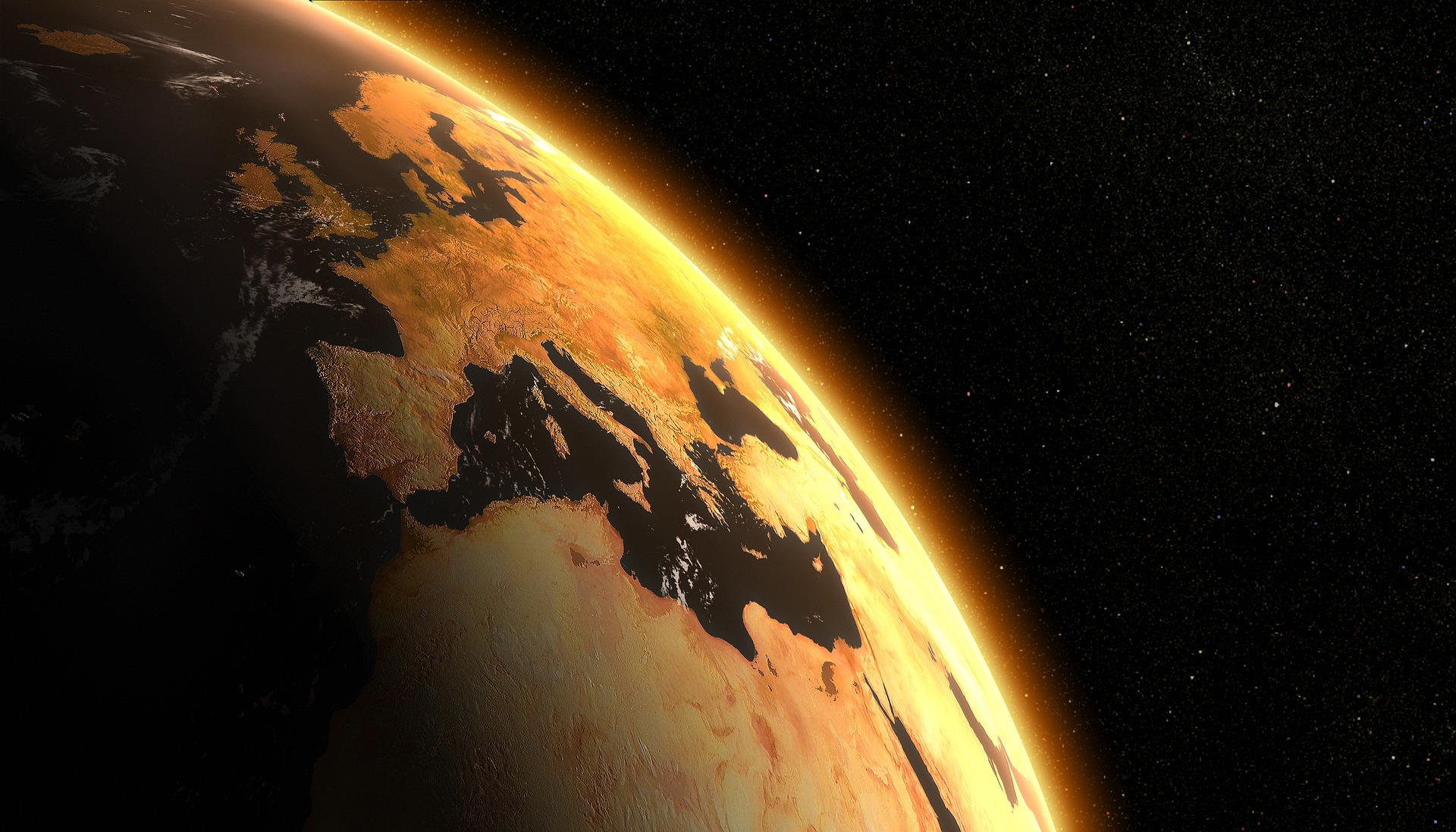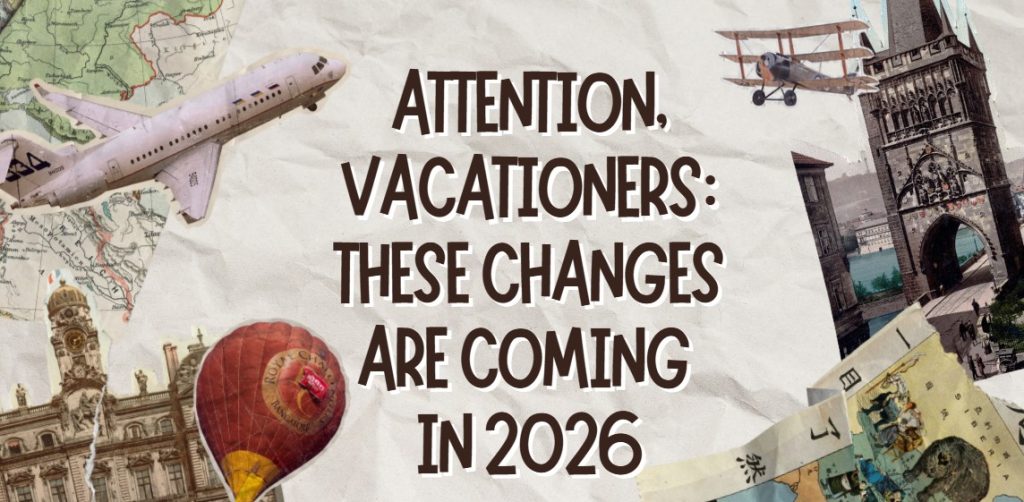The earth is warming, and the consequences are severe: Many European countries are being hit with heavy rain or heat waves with increasing frequency.
After the summer droughts of the past few years, the weather seems to be taking a turn in the other direction this year: flooding, continuous rain, hail, squalls, and thunderstorms. Such weather extremes are becoming more frequent and, according to experts, cannot be attributed solely to the short-term state of the weather. Regarding the intensity and frequency of heavy rain and heat waves, climate change also plays a role.
“The extreme precipitation we have been experiencing in Europe over the last few days is extreme weather that is being amplified by climate change,” says climate researcher Friederike Otto of Oxford University. Greenpeace also blames the climate crisis for the “current extreme weather,” which includes heavy rainfall with high water and flooding. “With global warming, temperatures worldwide are rising to new record levels,” says climate expert Karsten Smid. The atmosphere is heating up and discharging in the form of storms.
Meteorologists and scientists are reluctant to attribute individual weather phenomena to climate crises. In fact, it is difficult to prove a causal relationship. However, the accumulation of extreme weather events has the exact cause worldwide: the earth is warming increasingly, and with it is the air. This leads to changes in the weather-controlling air currents, also known as jet streams.
Global warming leads to heat records
These air currents, which stretch across the entire Earth, are primarily driven by temperature differences between the equator and the poles, explains NTV meteorologist Björn Alexander. However, because the polar regions warm up more quickly than areas near the equator, the so-called westerly wind drift becomes weaker, and weather patterns can thus last longer.
“Weather patterns today are always an interplay of the usual weather coincidence and the changed boundary conditions caused by the greatly increased amount of greenhouse gases in our atmosphere,” said Stefan Rahmstorf, head of the Earth System Analysis research area at the Potsdam Institute for Climate Impact Research. Some heat records, he said, are so extreme that they would be virtually impossible without global warming, as was recently the case in western North America.
“In the case of precipitation extremes, the increase is not yet as great because the natural fluctuations are stronger compared to the effect of global warming,” Rahmsdorf explains. According to the National Climate Report, precipitation is subject to strong fluctuations from year to year.
Damage from extreme weather is higher than ever
“This is a consequence of physics: for every degree of warming, the air can absorb seven percent more water vapor and then rain it down,” the scientist says. He adds that because there are more waterfalls on heavy rainy days, less remains for the rest of the time. “That’s because water vapor replenishment through evaporation only increases by two to three percent per degree of warming, so it can’t offset the seven percent per degree increase.”
According to forecasts, the warming will continue. Natural fluctuations are always involved, but the trend is clear: upward.
hp/picture: pixabay.com
This post has already been read 2958 times!



